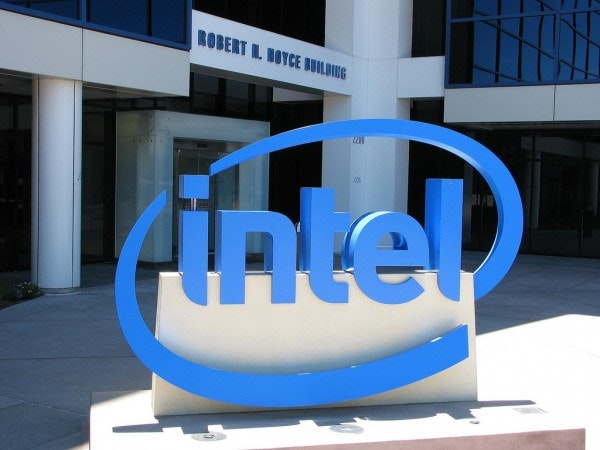Part of Advanced Micro Devices, Inc. (NYSE:AMD)’s problem in 2011 and 2012 was its atrocious handling of OEMs. Missed product schedules and low product yields on first Llano and then Trinity led to big backups in inventory, which hurt any traction Trinity may have made in the mid-end laptop market. This was especially true in the U.S. where partners could not rely on AMD to supply the needed parts in quantity and in time. Moreover, the pressure Intel Corporation (NASDAQ:INTC) could place on OEMs and the constant upheaval as the company slashed costs and restructured didn’t help matters either. One market, however, has been cared for well: India.

In Q4, AMD surprised a number of people with significant increases in market share all across the notebook segment in India, taking a 31% share of commercial notebooks. A lot of the credit goes to the current Managing Director of Advanced Micro Devices, Inc. (NYSE:AMD) India Ravi Swaminathan, who altered AMD’s strategy in the country completely by courting strong relationships with local OEMs, government agencies and institutions. He took advantage of the downsizing at Hewlett-Packard Company (NYSE:HPQ) by hiring former senior executives to beef up its negotiating ability. And then he turned around and courted H-P as a major client, which landed Advanced Micro Devices, Inc. (NYSE:AMD) a sizable portion of a 1,500,000 unit order with A4-equipped notebooks. He also worked to negate Intel Corporation (NASDAQ:INTC)’s brand advantage with government agencies by getting benchmarking added to the qualifying process, which then gave them the opportunity to do honest price-to-performance evaluations and win contracts on that basis.
India, like many price sensitive emerging markets, is extremely important to AMD’s turnaround story. The way the company has positioned its APUs for the future of mobile computing makes these markets very fertile ground. AMD’s management has been making the argument for a couple of years now that for most users low- to mid-end CPUs and mobile GPUs are more than powerful enough. So, in essence, why should buyers pay for more computer than they need? It seems that in India they have been able to make that argument successfully as A4 through A8 APUs are competing well against the Core i3 and i5 CPUs they match up best with, according to Advanced Micro Devices, Inc. (NYSE:AMD) India.
And it looks like it is happening not just with notebooks but in the server market as well. AMD can now call major IT outsourcing firms like Infosys, Wipro and Reliance its clients. This makes a lot of sense. AMD made a difficult decision back when it designed its Bulldozer core. While Intel Corporation (NASDAQ:INTC) kept pushing high instruction per clock (IPC), single-threaded performance, AMD went for lower IPC and more cores running equally well. This is a strategy that is only just now paying off as more and more computing is taking proper advantage of the multiple cores inside the CPU.
Moreover, it is ultimately a matter of cost per unit performance per watt. As the early benchmarks on the new Calxeda micro-servers show, lots of tiny cores doing individual specific tasks is superior under heavy load than fewer big cores running multiple operations at once. Both Intel Corporation (NASDAQ:INTC) and AMD have their work cut out for them in this area as neither the current nor upcoming Atom cores from Intel nor AMD’s Jaguar cores were designed for this type of micro-server environment. Until we see some silicon and real-world benchmarking it should be assumed that as the ARM-based Calxeda (and its imitators) matures through its planned evolutionary path it is the prototype of the future cloud server.
Lastly, there is little that Intel can offer at a similar price to performance point with either its current Ivy Bridge or upcoming Haswell chips that can compete with the value proposition offered by the recently released Richland APUs, which will be a zero design cost upgrade over Trinity and offer significantly more performance and much better power management. I’m also very bullish on the Jaguar core-based Kabini and Temash APUs, which will truly open up Windows 8’s capabilities in a tablet form factor. There is nothing on the market that will compete with Temash for at least a year, and it stands to reason that the seeds planted by AMD India at the enterprise level will not bear fruit at the end user level.


